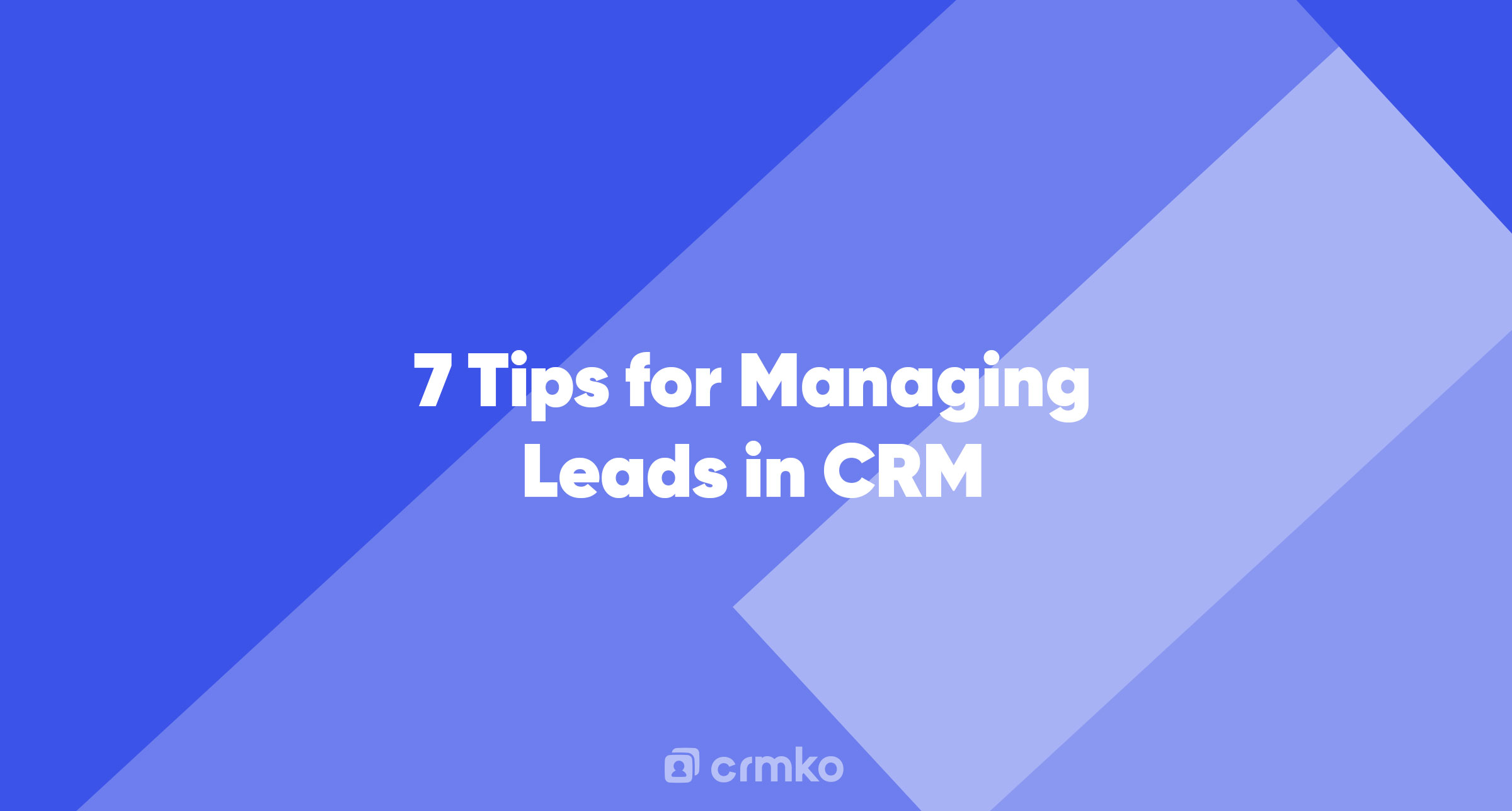Customer Relationship Management (CRM) is an indispensable tool for businesses aiming to streamline their lead management process. The right CRM software assists in organizing, tracking, and nurturing leads, thereby increasing the probability of turning potential clients into loyal customers. This article presents seven essential tips for managing leads in CRM, aimed at helping you optimize your lead management process.
1. Identifying Your Business Objectives
The first step towards efficient lead management is identifying and defining your business objectives. You need to clarify what you aim to achieve with your CRM system. It could be increasing sales, amplifying the number of customers, or promoting sales of high-margin products or services.
Understanding the goals will guide your marketing and sales strategy, starting right from lead generation. Avoid wasting efforts on attracting customers who might not be beneficial for your business in the long run.
2. Designing Your Lead Management Process
Once the goals are clear, the next step is to map out your lead management process. No matter how elementary or sophisticated, your lead management process needs to be visualized and documented. This will instantly highlight areas of inefficiency, gaps, or duplicate efforts, which can then be rectified.
3. Streamlining Your Leads
After mapping out the process, the focus should be on organizing your leads. Here's how you can do it:
- Data Cleansing: Removing duplicates, formatting data uniformly, and filling in the missing details for all customer records.
- Creating Personas: Create buyer personas to understand who your customers are and what problems they need you to solve.
- Going Beyond Basics: Capture details as you learn more about your audience. The more you know about your customers, the better you can cater to their needs.
4. Implementing Lead Scoring
Lead scoring is an essential tool for identifying high-quality leads. It involves assigning points to each lead based on certain criteria, such as the customer's needs, budget, timeline, and decision-making authority.
This scoring system enables you to prioritize leads, helping you focus on those that have a higher likelihood of conversion.
5. Assigning Leads
Once the leads are scored and prioritized, they need to be assigned to the respective sales reps. This process could be based on geographic location, product line, or source of lead generation. The aim is to provide each potential customer with a dedicated concierge to facilitate them through their buying journey.
6. Tracking and Refining Your Process
The next step is tracking your process and refining it based on the insights gathered. You should be able to identify bottlenecks, points of drop-offs, customer preferences, and more.
This information can help refine your process and product, eliminate obstacles, and keep your customers engaged.
7. Leveraging Automation
Automation can significantly optimize your lead management process. It can help you track how leads are coming into your system and identify where they are falling off.
Make sure you have the right prospecting tools to bring customers into your sales funnel. Enter them into a good CRM system that will organize, qualify, and manage your leads from the initial inquiry to the final purchase.
Conclusion
Implementing these seven tips can significantly enhance your lead management process in CRM. It will allow you to attract, nurture, and qualify new leads effectively, ensuring your sales team has everything they need to close a sale.
Moreover, it will help improve customer satisfaction and loyalty by providing a streamlined and personalized buying journey. So, start refining your lead management process today and witness a notable boost in your business productivity and profitability.
